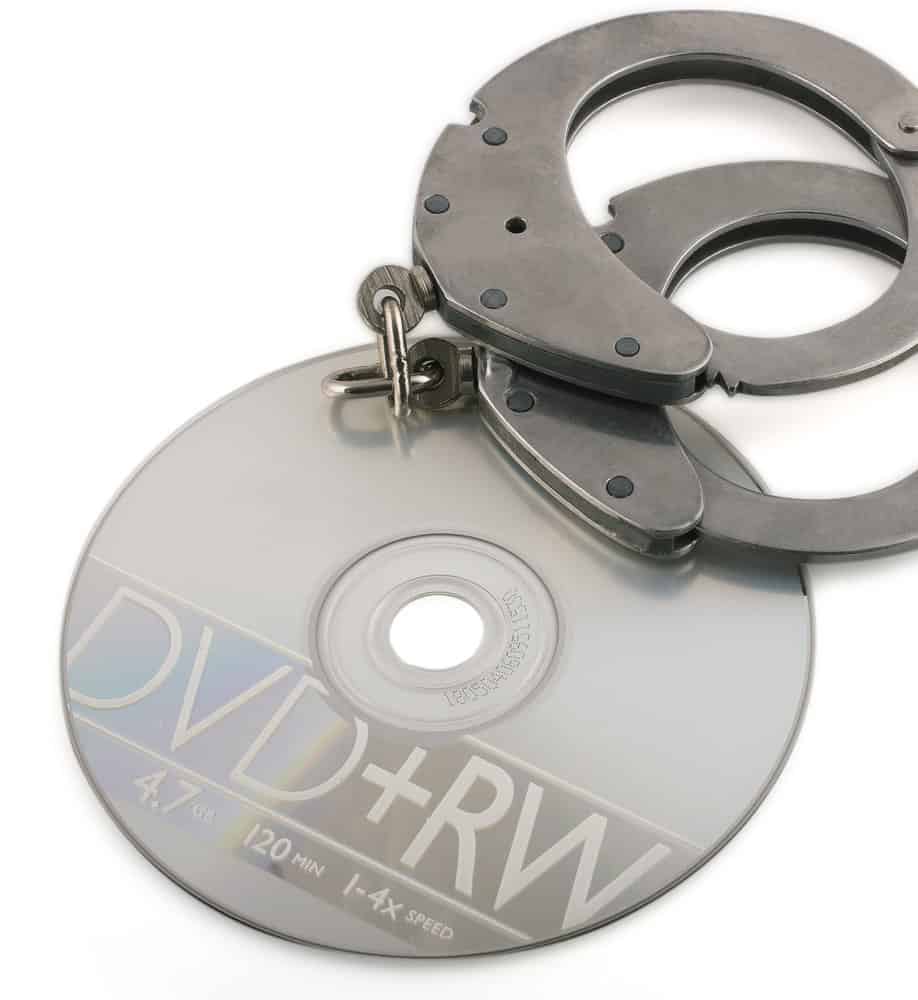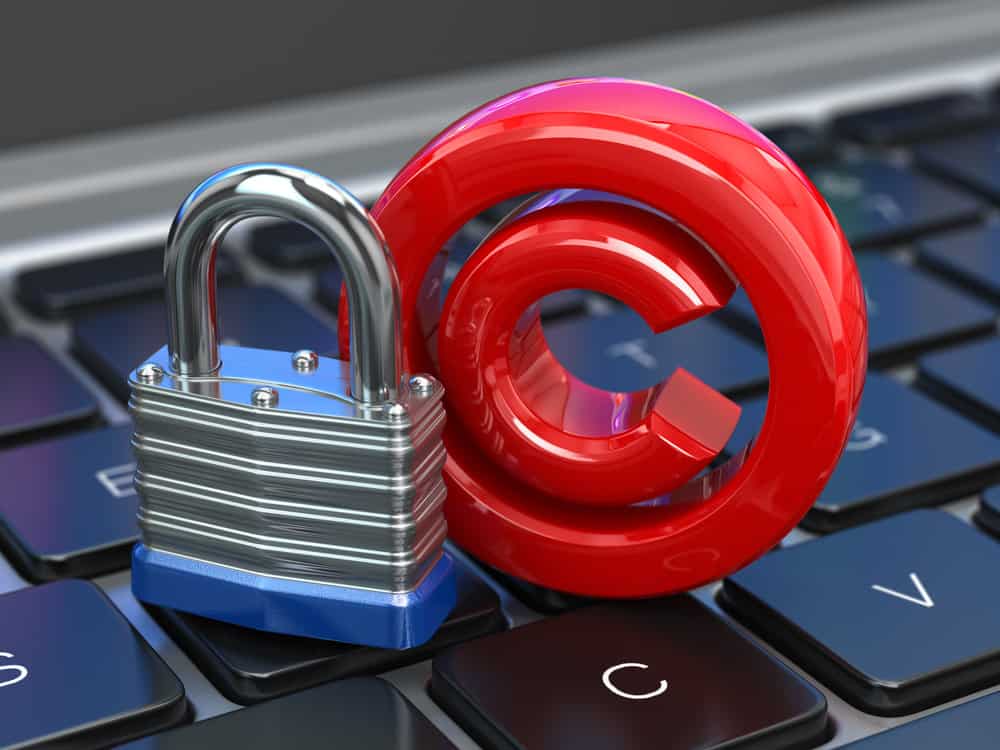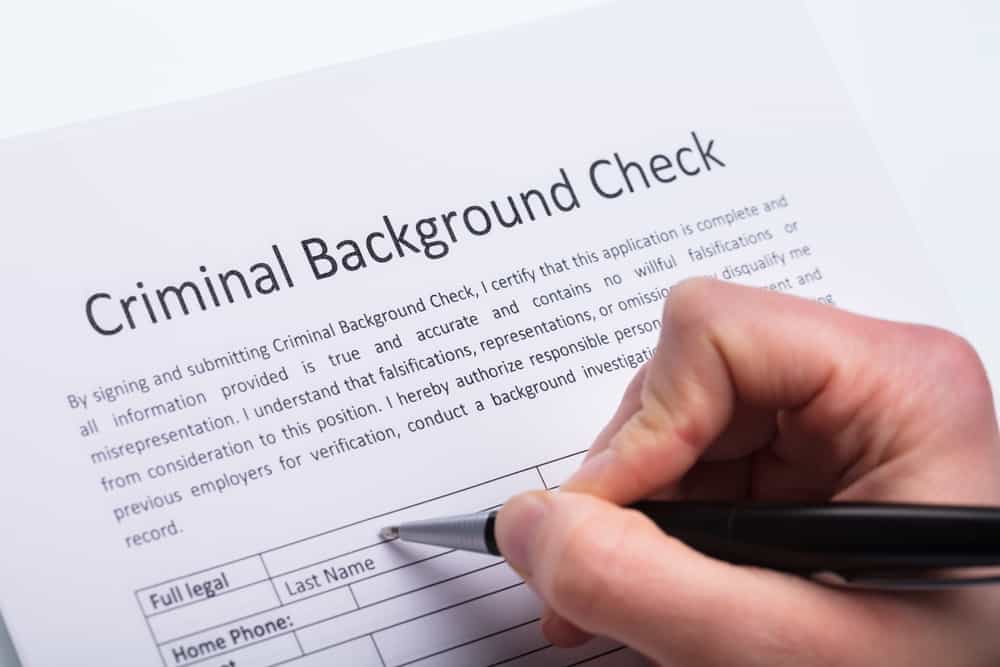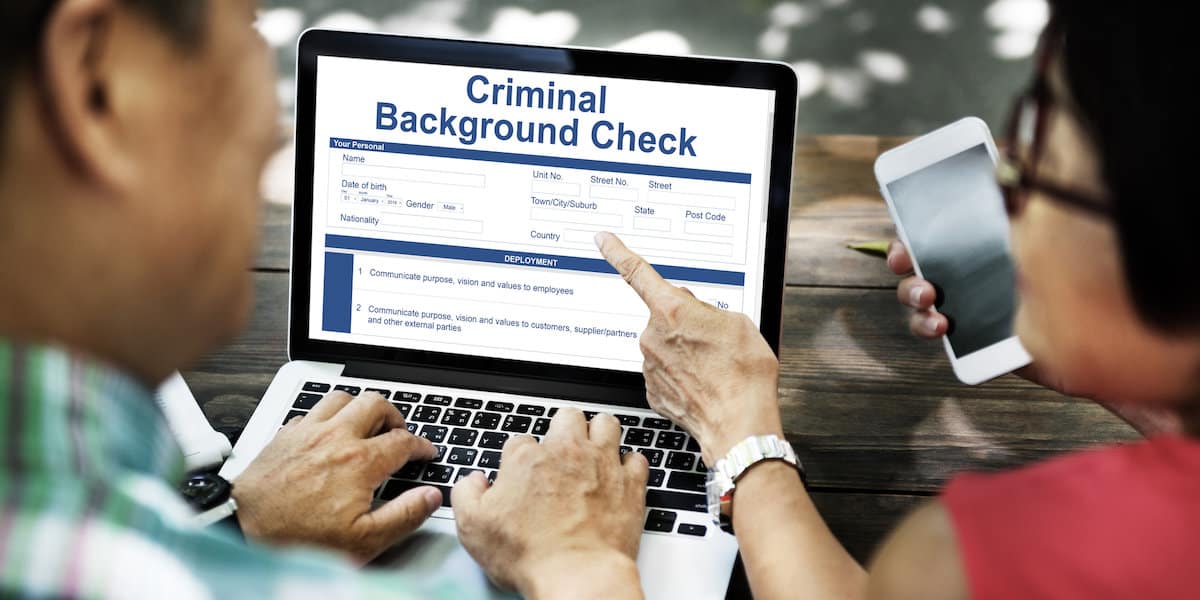Plagiarism is a topic that has been widely discussed within the academic community and in professional circles. It is the practice of using someone else’s work, words, or ideas without proper attribution and passing them off as one’s own. With the increasing accessibility of information through technology and the internet, concerns surrounding plagiarism have grown significantly as it becomes easier for individuals to access and subsequently reproduce the work of others without appropriate citation.
One question often arises is whether or not a person can be sent to jail for plagiarism. This article addresses this concern and explains the ethical issue’s legal ramifications. While plagiarism can carry severe consequences within academic and professional environments, the legal aspect of the matter is often more nuanced and must be thoroughly examined.
Sometimes, plagiarism can cross the line from a mere ethical breach to criminal behavior. These cases typically involve instances where copyright infringement has occurred, leading to potential fines, lawsuits, and even imprisonment in some specific circumstances. As we delve into the topic further, it is essential to understand the distinction between an ethical violation and a legal offense and what it means regarding consequences for those who engage in plagiarism.
Understanding Plagiarism
Plagiarism is a serious offense in the world of academics and creative works. It involves presenting someone else’s work as one’s own without proper attribution. This section will explore plagiarism, its consequences, and how it differs from copyright infringement.
What Constitutes Plagiarism
Plagiarism can take many forms, including:
- Direct copying of someone’s words without proper citation
- Paraphrasing another person’s work and not crediting the source
- Using someone’s ideas without acknowledging their contribution
It is important to understand the difference between plagiarism and referencing. Using another person’s work as a resource must be cited or acknowledged to avoid plagiarism. Citing sources demonstrates respect for the author’s intellectual property rights and ensures you give due credit for their contribution.

Copyright Infringement vs. Plagiarism
Although plagiarism and copyright infringement share similarities, they are not the same. Copyright infringement legally violates the author’s exclusive rights to their original work. Plagiarism, on the other hand, is an ethical offense involving misrepresenting someone else’s work as one’s own without proper attribution.
Copyright infringement may occur when an individual duplicate, distributes or derives work from an original piece without permission. Legal consequences for copyright infringement can include fines or imprisonment. While plagiarism may not carry the same legal penalties as copyright infringement, it can still result in significant consequences, such as academic or professional sanctions.
Understanding plagiarism is essential to avoid unethical and potentially illegal consequences. Proper attribution and respect for others’ intellectual property rights should always be upheld, with knowledge of the differences between plagiarism and copyright infringement to adhere to ethical and legal guidelines.
Consequences in School and Academia
Disciplinary Actions
Students who engage in plagiarism often face disciplinary actions from their school or academic institution. These actions can range from receiving a warning or a failing grade on the assignment to more severe consequences such as a failing grade for the course or even suspension. Teachers may also report the violation to the academic integrity board, which might impose additional penalties.
Academic Probation and Expulsion
In some cases, students who commit plagiarism may be placed on academic probation, which serves as a formal warning and an opportunity for the student to rectify their mistakes. Academic probation usually involves monitoring the student’s performance and may require the completion of additional assignments or tutorials related to academic integrity. Failure to meet the terms of probation could result in expulsion from the institution.
Expulsion is the harshest punishment a school can impose on a student for academic misconduct, such as plagiarism. Expulsion permanently removes the student from the academic institution, making it extremely difficult to continue their academic career, obtain a degree, or even transfer to another institution.
Impact on Reputation
The consequences of plagiarism are not limited to academic penalties. A student’s reputation among peers, teachers, and future academic institutions can be severely damaged when caught cheating or plagiarizing. This damage to their reputation is difficult to repair and can impact their future academic and career success. For example, graduate schools and future employers may question a candidate’s integrity and credibility if they discover incidents of plagiarism on their permanent record.
For academic institutions, cases of plagiarism can also tarnish their reputation, calling into question the quality of their teaching and the integrity of their students. This may impact their ability to attract highly qualified students, faculty, and funding. Proper attribution, citations, and references are essential to maintaining academic integrity and avoiding reputational harm from plagiarism.
Legal Consequences of Plagiarism
Plagiarism can have serious legal consequences, as it violates copyright laws and can lead to civil charges and criminal prosecution. This section will explore the outcomes of committing plagiarism, focusing primarily on civil charges and criminal prosecutions.
Civil Charges
When someone is accused of plagiarism, they may face civil charges for copyright infringement. In this scenario, the owner of the copyrighted work can file a lawsuit against the guilty party. As a result, a person found guilty of plagiarism might be required to:
- Pay monetary damages to the original author or copyright holder
- Cease any further use or distribution of the copyrighted material
- Remove the plagiarized content from their publications or websites
The amount of damages awarded in a civil case depends on various factors, including the extent of the plagiarism, the work’s value, and any financial harm caused to the copyright holder.
Criminal Prosecution
Criminal prosecution may occur in more severe cases of plagiarism or copyright infringement. Penalties for criminal copyright infringement can include:
- Fines or restitution payments
- Imprisonment for up to five years (for first-time offenders)
- Longer jail time for repeat offenders
It’s important to note that criminal prosecutions for plagiarism are relatively rare and usually reserved for cases involving large-scale commercial infringement or repeated offenses.
The legal consequences of plagiarism can be severe, including fines, damages, and even jail time. Understanding plagiarism’s potential repercussions is crucial for creators and content users to avoid violating copyright laws and facing the possible consequences.
Impact on Employment and Professional Life
Losing a Job
Plagiarism can lead to serious consequences in the workplace. When an employee is caught plagiarizing, it can result in immediate termination. Employers value trust and integrity, and plagiarism reflects poorly on both qualities. A person who plagiarizes can lose the respect of their colleagues and superiors, damaging their career prospects within the organization.
Difficulty Finding Employment
Finding new employment can be challenging after losing a job due to plagiarism. Many employers conduct thorough background checks, which may uncover the reason for previous job loss. When potential employers find out about the plagiarism incident, they may be hesitant to hire the individual, fearing a repeat of similar ethical violations. A plagiarism scandal can also adversely affect an individual’s reputation and professional network, making it difficult to break into new opportunities or receive job offers.
Reputational Damage
A career tainted by plagiarism can result in long-lasting reputational damage. Employers, publishers, and others within the affected industry may be wary of collaborating with or hiring someone with a history of plagiarism. This can limit an individual’s career growth and advancement options within the industry.
- Work: Plagiarism can affect one’s ability to obtain and maintain job positions. Employers may not want to associate their company with someone with a dishonesty history.
- Consequences: Besides losing a job, plagiarism may have legal ramifications, such as being sued by the original content creator.
- Reputation: Reputational damage can be difficult to rebuild, potentially impacting the individual’s career for years.
- Career: The impact of plagiarism can extend well beyond one’s current job, affecting future career prospects and opportunities.
- Employment: Difficulty finding new employment due to the stigma of plagiarism can lead to financial hardship and limited career mobility.
- Respect: The loss of respect from colleagues and superiors after a plagiarism incident may make it challenging to reestablish oneself professionally.
- Fired: Plagiarism can be grounds for immediate termination in many organizations, leading to the individual being fired and having to restart their career from scratch.
- Publisher: For those in industries that rely on published work, plagiarism may cause publishers to avoid working with the individual in the future.
- Advance: Career advancement within an industry may be hindered for the individual caught plagiarizing due to the negative perception of their actions.
- Claiming: In some cases, claiming others’ work as one’s own may lead to legal disputes and financial consequences for the individual involved in plagiarism.
Preventing Plagiarism
Proper Citations and References
Preventing plagiarism starts with ensuring proper citations and references are used throughout a written piece. Attributing the information gathered by including citations when using sources is essential. This can be done using a specific citation style, such as APA or MLA. These citation styles provide guidelines for formatting in-text citations and creating a reference list.
When citing sources, include all necessary information for the reader to locate the original work. This includes the author’s name, publication date, title of the work, and relevant page numbers. By doing this, writers give credit to the original authors and avoid plagiarizing their work.
Paraphrasing Techniques
Another way to prevent plagiarism is by incorporating paraphrasing techniques. Paraphrasing involves rephrasing a source’s content in the writer’s own words. This allows the writer to convey the same information without directly copying the original work.
Writers should keep in mind these key points while paraphrasing:
- Read the source material carefully for comprehension.
- Maintain the original meaning of the information.
- Use different vocabulary, sentence structure, and phrasing.
- Remember to include proper citations for the paraphrased information.
Understanding Intellectual Property and Policies
A comprehensive understanding of intellectual property and policies is critical in preventing plagiarism. Intellectual property refers to creations of the mind, such as literary works, artistic creations, and inventions. Writers must understand the laws protecting these works to avoid potential copyright violations and plagiarism.
Some general rules regarding intellectual property include:
- Written works are automatically protected under copyright law, even without registration.
- Crediting the original author is mandatory, whether the source is copyrighted or not.
- Following institutional or organizational policies regarding plagiarism and intellectual property is crucial.
By understanding these areas of intellectual property and policies, writers can ensure they are respecting the work of others and avoiding plagiarism in their writing.



